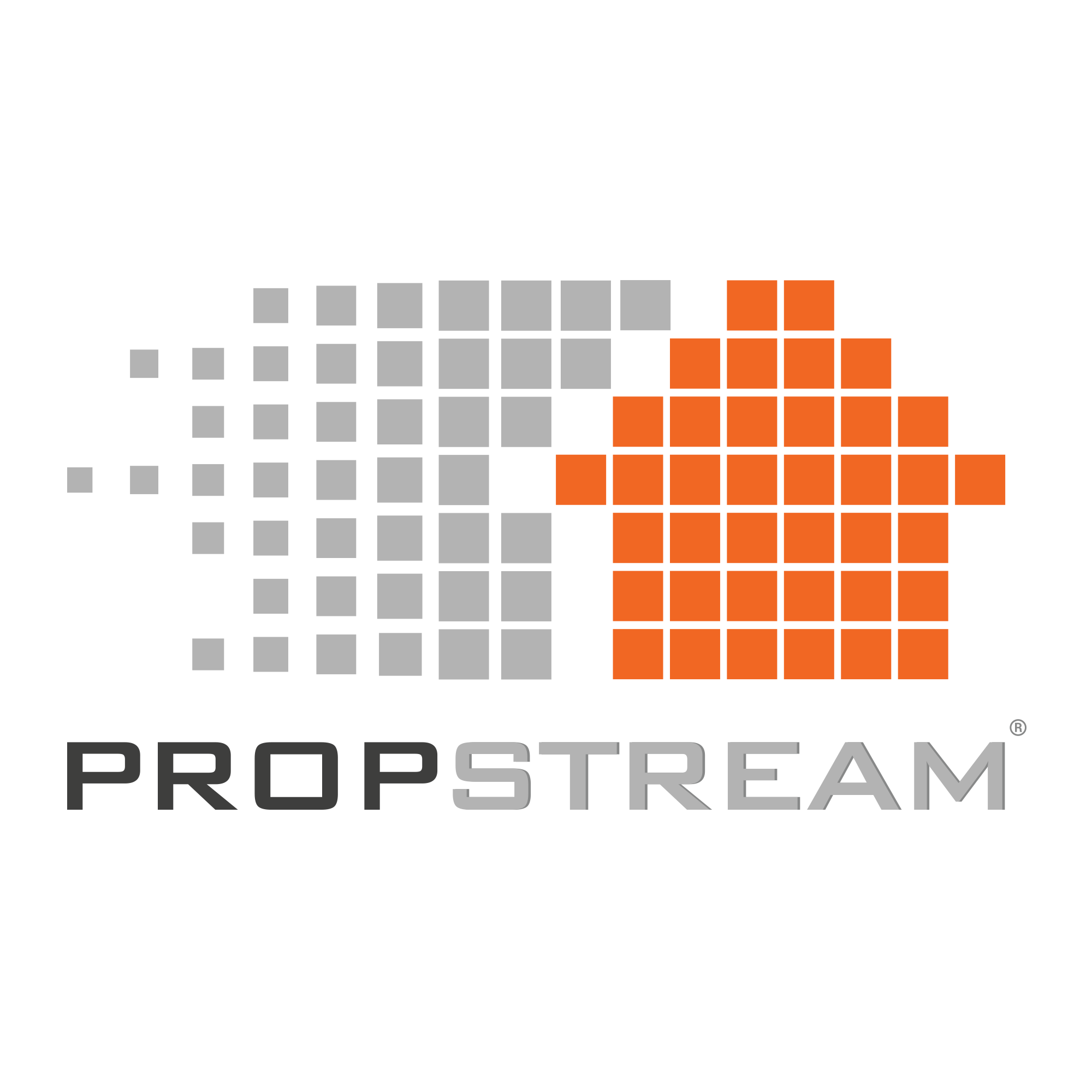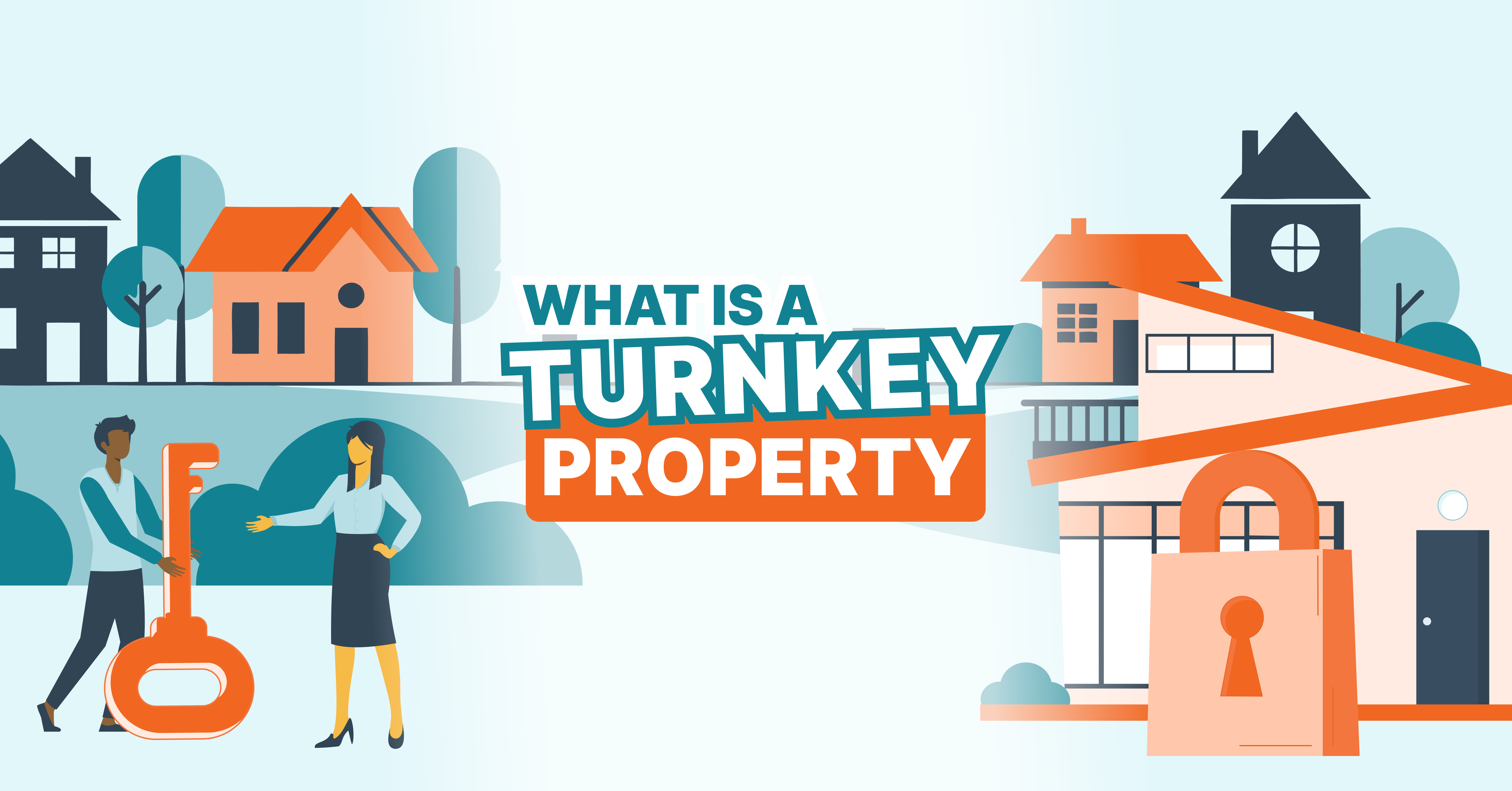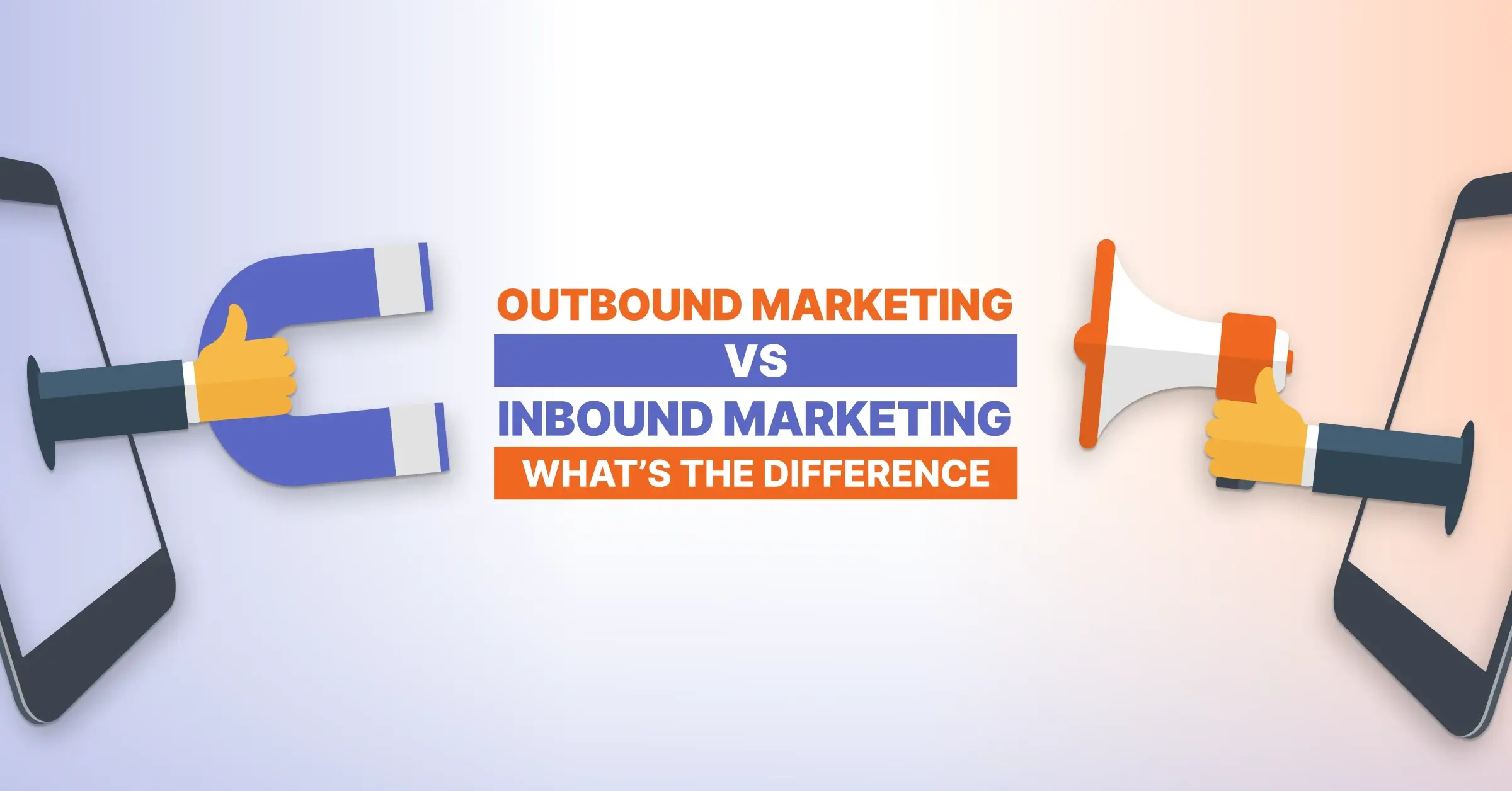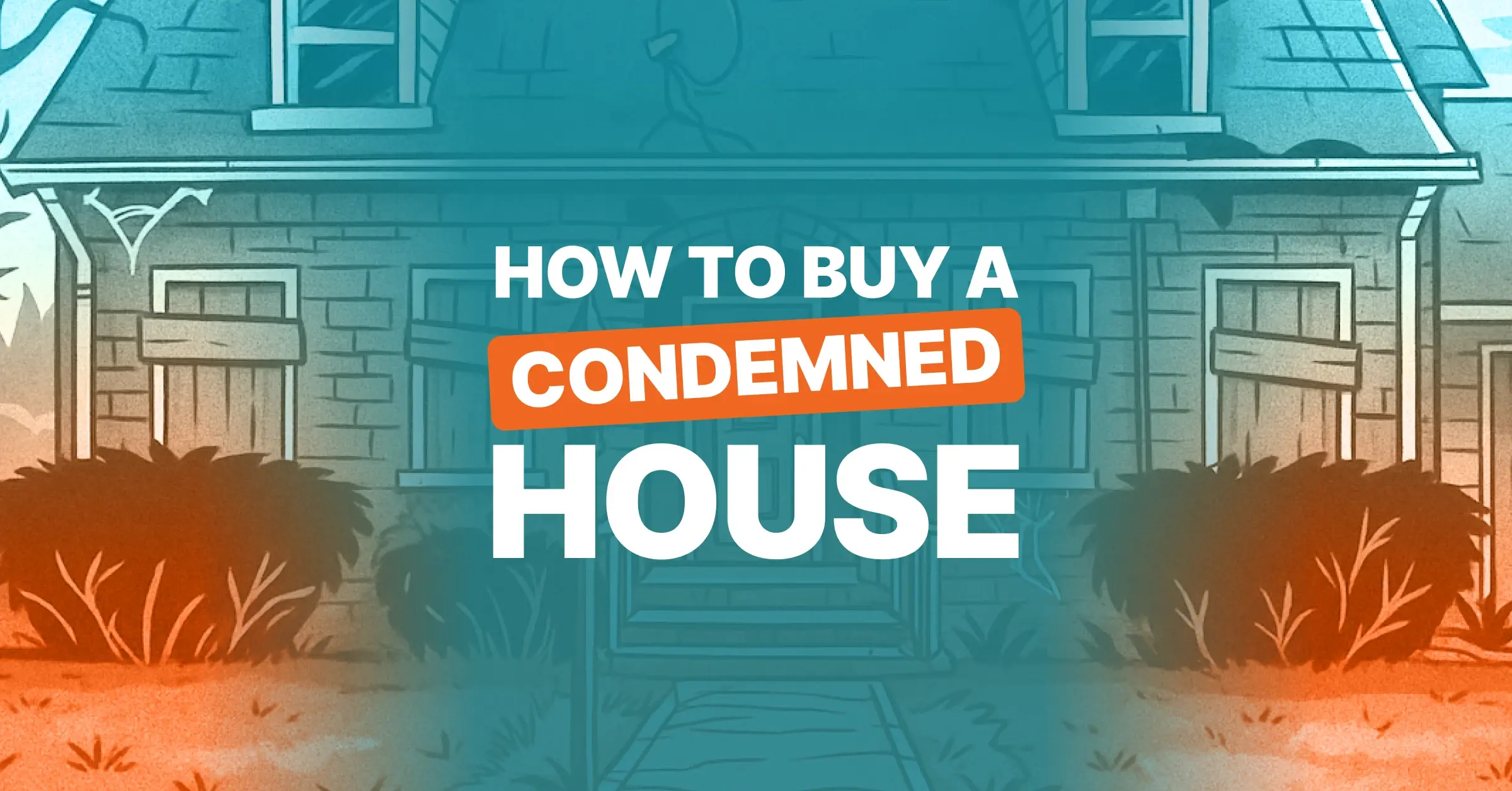Disclaimer: PropStream does not offer investing advice or make profit promises. This article is for educational purposes only. We recommend consulting financial professionals and/or doing your due diligence before taking out a USDA Loan.
|
Key Takeaways:
|
USDA loans are one of real estate’s best-kept secrets. They have no down payment requirement, competitive interest rates, and flexible credit requirements. Yet many homebuyers have never heard of them.
As a real estate professional, USDA loans can be a great opportunity to win new clients, close more deals, and even start investing in real estate.
Table of Contents |
What Is a USDA Loan?
A USDA loan is a government-backed mortgage designed for low- and moderate-income households to buy homes in eligible rural areas. It’s similar to an FHA or VA loan, except it’s backed specifically by the United States Department of Agriculture (USDA) and focuses on promoting homeownership in rural America.
Types of USDA Loans
There are three main types of USDA loans:
Guaranteed USDA loan. This is the most common form of USDA loan and what is usually referred to when someone says “USDA loan.” Participating private lenders issue the loan, but the USDA guarantees 90% of it to reduce the lender’s risk.
Direct USDA loan. A direct USDA loan is a more targeted loan program for low- and very-low-income earners to borrow directly from the USDA. To qualify, borrowers must have an adjusted income at or below the low-income limit for the area they wish to buy in.
USDA repair loans and grants. These are specialized loans of up to $40,000 for very-low-income homeowners to repair, improve, or modernize their homes, or grants of up to $10,000 for elderly very-low-income homeowners to remove health and safety hazards.
| Note: For the rest of this article, we’ll focus on guaranteed USDA loans since they are the most common and accessible of the three USDA loan types. |
Benefits of USDA Loans
.png?width=1252&height=834&name=usda%20(1).png)
USDA loans have some unique benefits that you don’t get with most mortgages:
No down payment requirement. In other words, USDA loans finance 100% of the home purchase, making it easier to qualify if you’re low on cash. Of course, you can always opt to make a down payment anyway to lower your monthly payment and interest costs.
Competitive interest rates. USDA interest rates are generally lower than the average 30-year fixed rate due to the government guarantee. USDA loan lenders take on less risk, reducing the risk premium they charge borrowers.
Flexible credit requirements. Though individual lenders may have minimum credit score requirements, USDA itself doesn’t. This can make it easier to qualify for a USDA loan if you have a poor credit history.
No private mortgage insurance. Normally, lenders require you to get private mortgage insurance (PMI) if you make a down payment of less than 20%. However, with USDA loans, lenders don’t. Instead, they charge an upfront fee of 1% of the total loan amount and an annual fee of 0.35% of the loan balance, which is less than the PMI you’d pay on a typical mortgage.
Eligibility Requirements
To qualify for a USDA loan, you must:
- Be a U.S. citizen or permanent resident.
- Demonstrate stable income and creditworthiness.
- Earn no more than the local moderate-income limit.
Additionally, the property you wish to finance must be:
- A single-family home.
- Your primary residence.
- Located in a designated rural area.
Common Misconceptions
Before you rule out the possibility of you or one of your clients qualifying for a USDA loan, let’s clear up some common misconceptions:
Most suburban areas are eligible. What the USDA designates as “rural” also includes many suburban areas. It’s just urban cities that don’t cut it. Take a close look at the USDA eligibility map to see if a property would qualify.
You don’t have to be a first-time homebuyer. Though USDA loans’ 100% financing option makes them ideal for first-time homebuyers, you don’t have to be one to qualify. Past homeowners can take advantage of the program, too.
There is no maximum purchase price. USDA doesn’t put a limit on USDA loan sizes. However, you must meet the local income requirements, which naturally limit the mortgage size for which you can qualify.
Why Agents and Investors Should Care
%20(1).png?width=1252&height=834&name=usda%20(3)%20(1).png)
Now that you know what USDA loans are and how to qualify for them, here’s how they can benefit real estate agents and investors:
Why Agents Should Care
As a real estate agent, you can better serve budget-conscious buyers by showing them homes in qualifying areas that they can buy with little or no money down. For example, many first-time buyers may not have the savings to make a large down payment, and 100% financing on a home in an affordable rural area could be a dream come true.
Furthermore, not all agents are familiar with USDA loans. By becoming an expert in this loan type, you can set yourself apart from the competition to win more clients and close more deals.
Why Investors Should Care
As a real estate investor, understanding how USDA loans work can help you identify markets where demand is boosted by accessible USDA financing options. You can even market properties as eligible for USDA financing to widen your potential buyer pool when you resell.
If you’re a first-time investor, you can also use a USDA loan to house hack. While you can’t buy a multi-unit property, you can still rent out rooms or space in a single-family home (depending on local zoning laws) to offset your USDA mortgage costs and save up for your next investment property.
Use PropStream to Find Properties Eligible for USDA Loans
Whether you want to find USDA loan-eligible properties to buy or to show clients, PropStream can help. Our database of over 160 million properties nationwide lets you filter searches by market, estimated property value, mortgage information, and more.
Try PropStream for 7 Days Free!
For example, you could search for properties in rural areas that are valued below your client’s maximum mortgage size. That way, you can give them a range of options to choose from. Or you could search for properties in rural markets before studying demographic data and uncovering the local average incomes. Then you can highlight the USDA financing options available when marketing properties for resale.
Activate Your 7 Day Free-Trial
Sign up today for a free 7-day trial and get 50 leads on us!
Frequently-Asked Questions (FAQs)
What is a USDA loan?
A USDA loan is a government-backed mortgage designed to help low- to moderate-income buyers purchase homes in eligible rural and suburban areas with no down payment.
How do I know if a property is eligible for a USDA loan?
You can check the USDA’s online eligibility map or use PropStream to filter properties by single-family properties located in designated rural and suburban areas.
What credit score do I need to qualify for a USDA loan?
While the USDA itself doesn’t have a minimum credit score requirement, most lenders prefer a score of at least 640 to approve a USDA loan.
Are USDA loans only for first-time homebuyers?
No, USDA loans are available to both first-time and repeat buyers as long as they meet the income and property eligibility requirements.
Can I use a USDA loan to buy an investment property?
No, USDA loans are for primary residences only and can’t be used to buy investment or rental property. However, you can still rent out part of the house while you live in it (aka house hacking) if local laws allow it.
Can I use a USDA loan to buy a fixer-upper?
Potentially. However, you must live in the property. USDA loans can’t be used to flip properties.
Subscribe To PropStream's Newsletter



